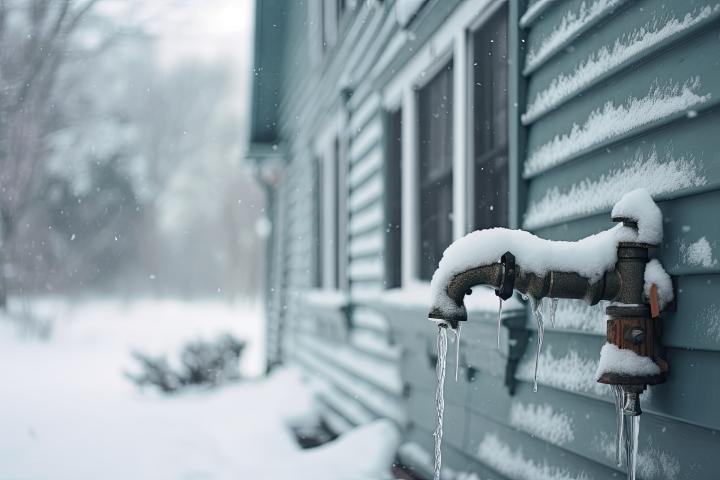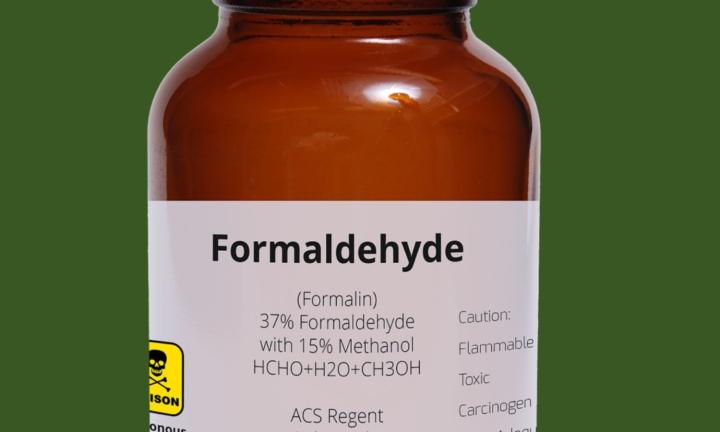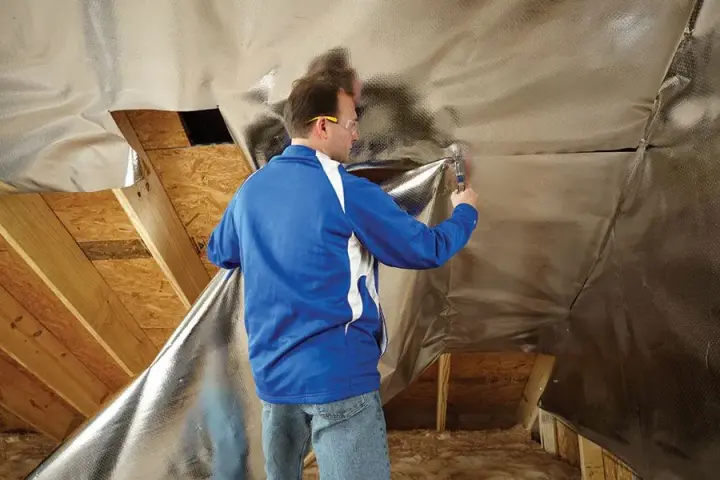Hey there, Greensboro homeowners!
We're so excited to launch our brand new website and blog! We've been helping families in the Triad stay comfortable since 1998, and now we want to share our best tips and insights with you right here. Make sure to check back regularly – we'll be posting helpful advice to keep your home cozy and your energy bills down.
And speaking of cozy, let's talk about getting your home ready for winter. If you've lived in Greensboro for any amount of time, you know our winters can be unpredictable. One day it's 60 degrees and sunny, the next we're scraping ice off the windshield. January temps typically hover between 30°F and 46°F, but we've all seen those mornings when it dips even lower.
The good news? A well-insulated home handles whatever Mother Nature throws at us. Here's your no-nonsense checklist for winterizing your Greensboro home.
Why Winter Prep Matters in the Triad
Look, we don't get the brutal winters they see up north, but that doesn't mean we should ignore winterization. Our homes face unique challenges:
- Temperature swings – From mild days to freezing nights, your HVAC system works overtime
- Ice storms – We get more wintry mix than snow, which can be tough on your roof and gutters
- High heating costs – With inconsistent temps, your furnace cycles constantly, driving up those Duke Energy bills
The right insulation keeps your home comfortable year-round and can cut your heating costs by up to 30%. That's real money back in your pocket.
Your Winterization Checklist
1. Check Your Attic Insulation
This is the big one. Heat rises, and without proper attic insulation, you're basically heating the outdoors. Here in the Greensboro area (Climate Zone 4), you want at least R-38 insulation in your attic – that's about 14 inches of blown insulation.
How to check: Head up to your attic (carefully!) and look at your insulation. If you can see the floor joists, you don't have enough. It should be fluffy and full, not compressed or matted down.
Red flags:
- Insulation that's settled or compressed over time
- Gaps or thin spots, especially around chimneys and vents
- Water stains or musty smells (this means you have moisture issues)
- Insulation that's more than 15 years old
2. Seal Air Leaks
Even the best insulation won't help if cold air is sneaking in through gaps and cracks. Check these common trouble spots:
- Around windows and doors
- Where pipes enter your home
- Electrical outlets on exterior walls
- Attic hatches and pull-down stairs
- Recessed lighting fixtures
A simple trick: on a windy day, hold a lit candle near these areas. If the flame flickers, you've got air movement. Seal it up with weatherstripping or caulk.
3. Don't Forget Your Crawl Space
A lot of homes in Winston-Salem and Greensboro have crawl spaces, and they're often the most overlooked area. Cold floors in winter? That's usually your crawl space talking.
You want R-19 crawl space insulation in your crawl space floor. We also recommend sealing around floor registers to prevent cold air from seeping into your living spaces.
4. Inspect and Insulate Your Ducts
If your ductwork runs through your attic or crawl space (and most do), you're losing heated air before it even reaches your rooms. Ducts in unconditioned spaces should have R-8 insulation.
While you're at it, check for disconnected or damaged ducts. We find these all the time during inspections – your furnace could be heating your attic instead of your bedroom!
5. Add a Radiant Barrier (Game Changer!)
This is our secret weapon. A radiant barrier reflects heat back into your home during winter (and keeps it out during summer). It can make a noticeable difference in comfort and can reduce heating and cooling costs.
We install radiant barriers right over your existing insulation. It's like adding a thermal shield to your attic.
6. Check Your Attic Ventilation
Good ventilation prevents ice dams and moisture buildup. Make sure your soffit vents aren't blocked by insulation and that your attic can breathe. Proper airflow is just as important as insulation.
When to Call the Pros
Some winterization tasks are DIY-friendly – adding weatherstripping, sealing small gaps, that kind of thing. But when it comes to adding insulation, especially in tight attic spaces, it's worth bringing in professionals.
Here's why we say that (and we're not just trying to sell you something):
- Insulation needs to be installed evenly to be effective
- You need to maintain proper ventilation while adding insulation
- Identifying and fixing air leaks requires experience
- Safety matters – attics can be dangerous, especially older ones
We offer free in-home estimates where we'll check your current insulation, measure R-values, identify problem areas, and give you honest recommendations. No pressure, just straight talk about what your home needs.
The Bottom Line
Winter in the Triad doesn't have to mean high energy bills and cold rooms. With proper insulation and a little prep work, your home will stay comfortable all season long.
Start with your attic – that's where you'll see the biggest bang for your buck. Then work your way down: seal air leaks, insulate your crawl space, and make sure your ducts are properly wrapped.
And hey, if you're not sure where to start or you just want a professional opinion, give us a call. We've been doing this in Greensboro, High Point, and Winston-Salem for over 25 years. We treat your home like it's our own.
Ready to winterize your home? Contact 4 Seasons Insulation for your free estimate. Let's get your house ready before the next cold snap hits!
Thanks for reading our very first blog post! We'll be sharing more tips about home insulation, energy efficiency, and keeping your home comfortable throughout the year. Have a topic you'd like us to cover? Let us know when you reach out!





